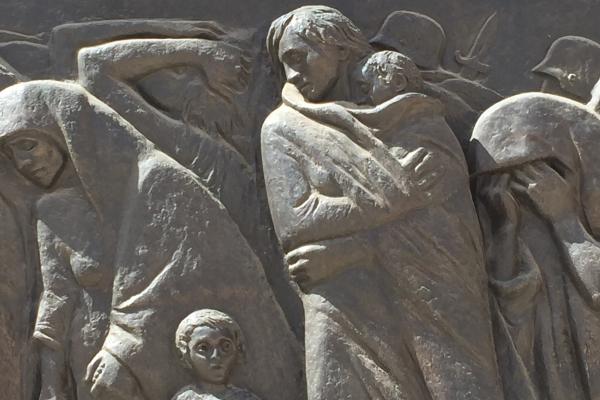Mar 14, 2016
It’s easier to erase someone’s name and negate someone’s identity when you choose to see them as alien and non-human. According to our guide at Yad Vashem, the Germans were so set on “othering” that they created a new word for the Jews: untermensch, literally “sub-human.”
This pilgrimage has been so powerful because of the many moments when we’ve done the opposite: We’ve been invited to step into someone else’s corner of the world, to try to see things from their perspectives, to accumulate concrete evidence for building empathy.
Read the Full Article

Already a subscriber? Login
